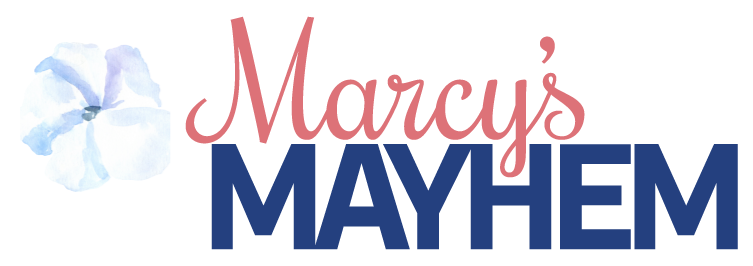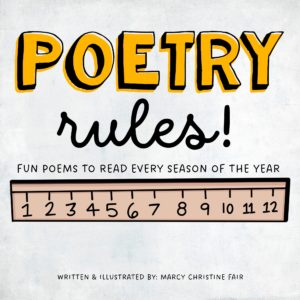Poetry Rules can help improve reading skills ALL year long and help get kids excited about reading poetry. Can you imagine having just one book to point out a variety of reading skills to your students? This book is it! Taking over a year to write and illustrate, and I love the finished product. While writing, I envisioned using this book year-round in the classroom or with homeschooled kids to help submerge kids in poetry every week of the school year. The book is sprinkled with many reading skills that can be used to show various reading skills like the author’s purpose, figures of speech, vocabulary, making inferences, and more! The topics are written with a kid’s perspective in mind so that they can relate. As with all my teaching books, one of my top priorities is incorporating learning inside. The book begins with the start of the school year and moves to the fall, winter, and spring.
TYPES OF POEMS IN POETRY RULES:
- Free Verse
- Narrative
- Lyrical
- Concrete
- Rhyming
This book makes a great read-aloud, mentor text, or can be read a few poems each day. Kids can identify various figurative language styles when reading Poetry Rules, but there is so much more!
Here is a video to take a closer look inside the book, showing how each poem style varies slightly.
Poetry Rules is a book to improve reading skills ALL year long!
Kids in my classroom have always loved when we had a weekly poem, even in the upper elementary grades. Make a copy of the poems that follow the school year and give every student a copy. I would also write the poem on anchor chart paper if I was planning to use it for the week.
How to plan lessons to use with Poetry Rules:
- Day 1– Write this poem on anchor chart paper and have the class read it out loud together. Have a classroom discussion of the main idea of the poem. Ask kids what they notice about the poem. Possibly write these notes the kids make down, and refer to them during the week.
- Day 2 – Point out challenging vocabulary words, use those words in a sentence, and challenge your students to write something using that word.
- Day 3 – Dig deeper into the poem. Make predictions and infer within the text. Show students how to find the answers to using the words in the text.
- Day 4 – Highlight figurative language styles. One or more of the following have been added to every poem, similes, metaphors, idioms, hyperbole, personification, alliteration, and onomatopoeia.
- Day 5– Challenge students to write their poems using the same style. Provide the kids with a topic and see what amazing things they can come up with!
Would you like comprehension questions to go along with this resource? Please click here for lessons to go along with the book ➤ POETRY LESSONS.
Reading this book in the classroom is not its only purpose, and it can be enjoyed as a bedtime story or read anywhere by someone who loves poetry.
If you have any questions feel free to reply to this post. You can also find me on TeachersPayTeachers.com at Marcy’s Mayhem.

